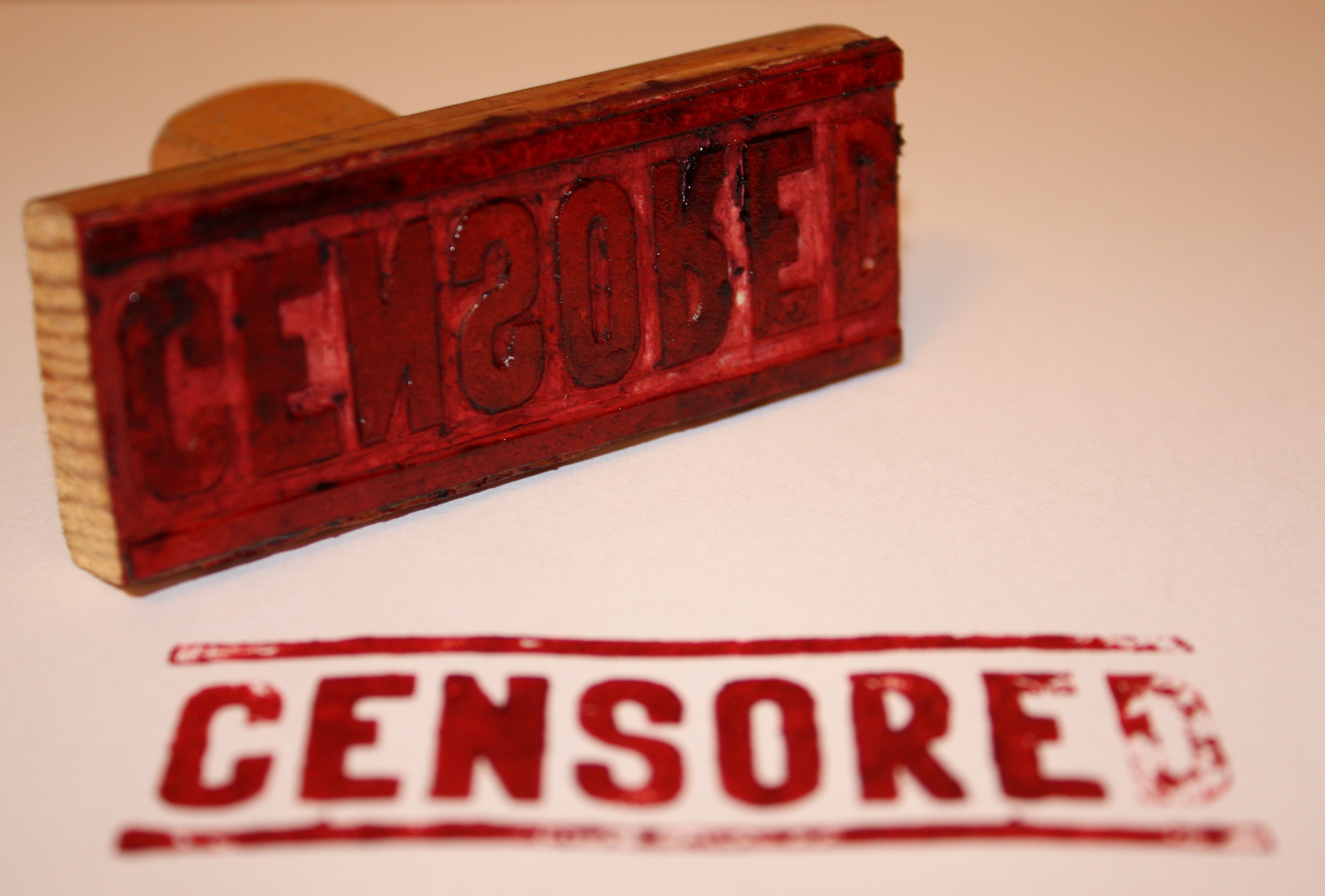The response to the Kipling mural removal has shown us who the real snowflakes are
Students at Manchester University decided to replace the painting of ‘If—‘, a Rudyard Kipling poem, with one of Maya Angelou. Why is that? It helps to know about the iconic writer. Nicknamed ‘The Poet of the British Empire’, Kipling was a major advocate of British Imperialism. Perhaps the greatest example of such beliefs is his poem ‘The White Man’s Burden’, written to support American imperialist ambitions, and more broadly defend New Imperialism. It implored all white Americans to Manifest Destiny and fulfil their moral obligation to help non-whites by ‘civilising’ the world through conquest, exploitation, and cultural/racial genocide – you know, the usual favours. The poem in question was ‘If—’, inspired by colonial officer Leander Starr Jameson, whose failed coup is widely considered to be the catalyst of the Second Boer War. Though this was initially ignored, literary and social critics grew less lenient of his opinions over time. The most famous criticism came from George Orwell who wrote that, despite his undeniable talent, he was “a jingo imperialist” that was “morally insensitive and aesthetically disgusting”.
But, as seems inevitable, there are many people who are ready to regurgitate near identical opinions about how horrible this is. These conversations are becoming more commonplace, and bare resemblance to controversy surrounding confederate statues in the USA. And these criticisms follow the same recipe – accusations of historical revisionism in a world where “PC’s gone mad” are levied, Orwell references are unsubtly knitted into retorts, and jokes are made about easily offended ‘snowflake SJWs’. The typical recipe for internet-savvy right-wing clichés. Let’s consider their arguments.
Nicknamed ‘The Poet of the British Empire’, Kipling was a major advocate of British Imperialism
Revisionism burdens an unjustified negative reputation of authoritarian changes to the historical record. But, in historical academia, the term describes the neutral phenomenon of re-evaluating theories as new evidence is gathered to challenge established ideas. The change of perception towards Kipling throughout time is revisionism, but not the nefarious revisionism framed by detractors. Rather, it’s a conversation pumped around the veins of academia and wider political discourse that has led people to revise their perspective of Kipling to acknowledge his significant moral failings. Contrary to what some people believe, this is free speech and thought in action and not in suppression.
Removing or defacing murals and other statues may seem to contradict what I’ve said but consider the actual role of statues in society. A statue is built to honour an individual, and in recognition of what they have done and the values that they embody which we admire. Whilst they can be a reflection of historical attitudes, as a mirror they are at best distorted funhouse mirrors. Nelson’s Column doesn’t have a detailed account of the Battle of Trafalgar, and nobody goes to Trafalgar Square to learn about the Napoleonic Wars – what we see is Horatio Nelson stand as a testament to the unrivalled power of Victorian Britain. We don’t use statues to record history, we use them to lionise history.
Contrary to what some people believe, this is free speech and thought in action and not in suppression
It’s incredibly disingenuous to screech ‘stop rewriting history’ or ‘it’s Orwell’s nightmare’ when there’s no dictatorial organisation rewriting the historical record. You can still find Kipling poetry and prose in bookshops and libraries everywhere and discuss his bibliography and biography to your heart’s content. I guarantee you that won’t change. That wasn’t the intention of the students who simply didn’t want Kipling’s opinions representing them. Sara Khan of the SU wrote “we believe that Kipling stands for the opposite of liberation, empowerment, and human rights – the things that we, as an SU, stand for”. It’s reasonable that his views – which cannot be fully divorced from his art – imply his racism and imperialistic apologetics isn’t a problem to students, and it’s reasonable the SU didn’t want to give that impression.
All this controversy shows is how comically sensitive some people can be. An SU changing a mural within their own university to better reflect its own values is imagined as an existential threat to our history and culture. Despite their infantile name-calling of ‘snowflakes’, their actions show us the hypocrisy of their accusations.

Comments